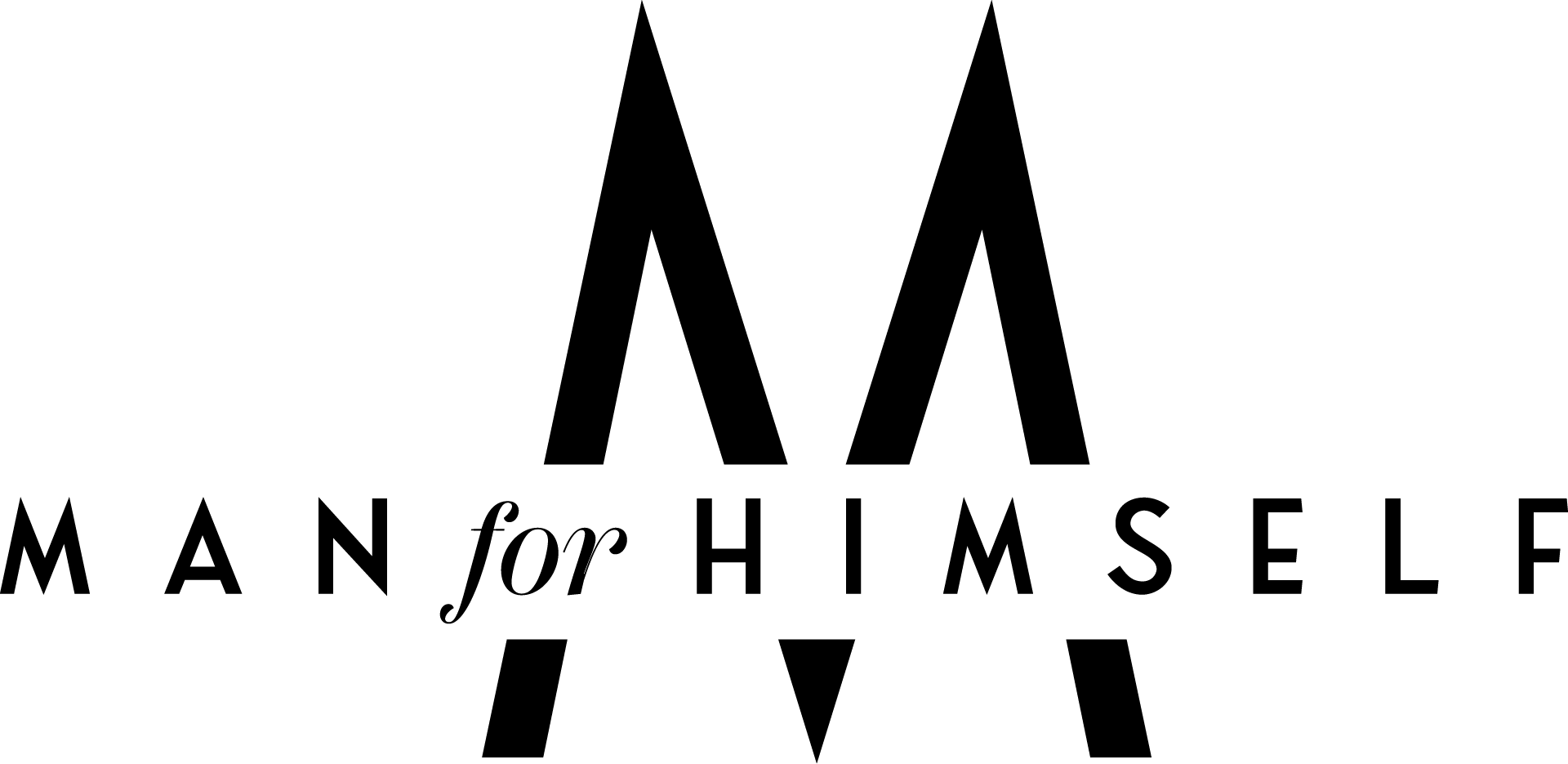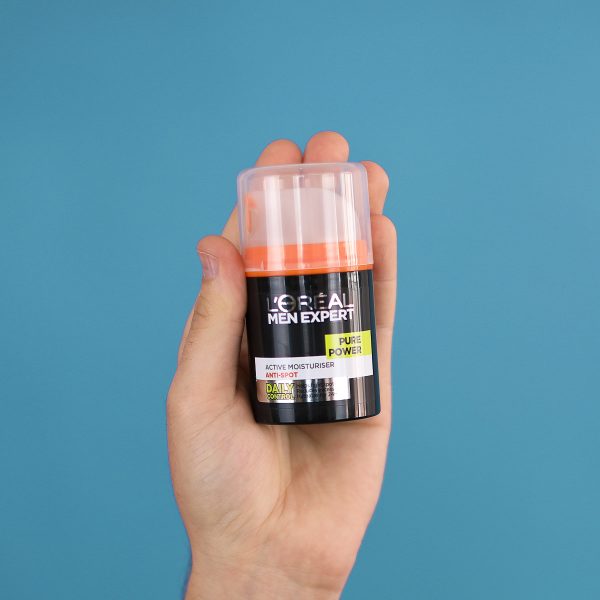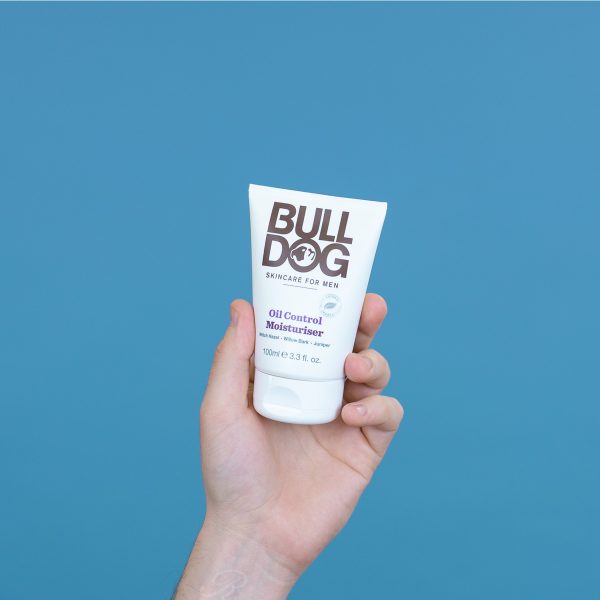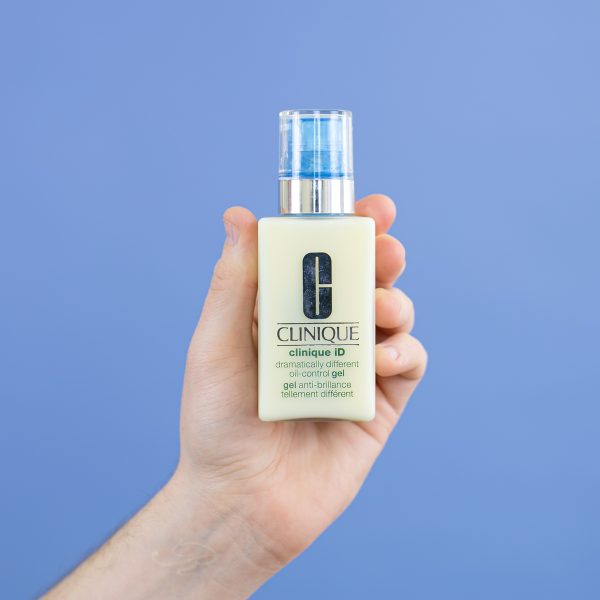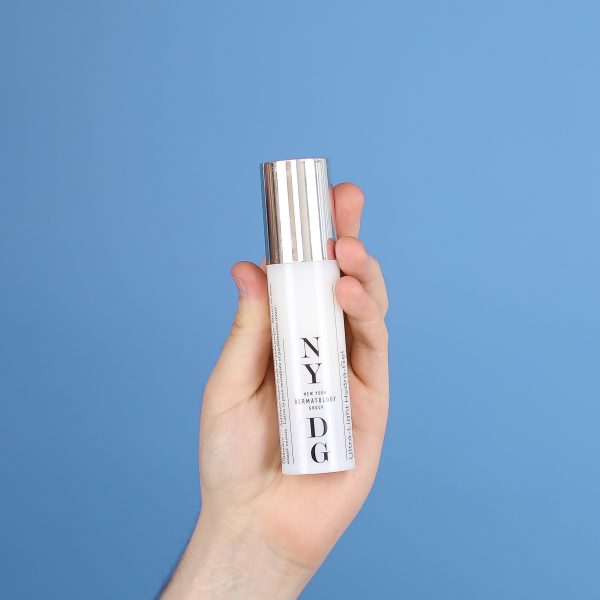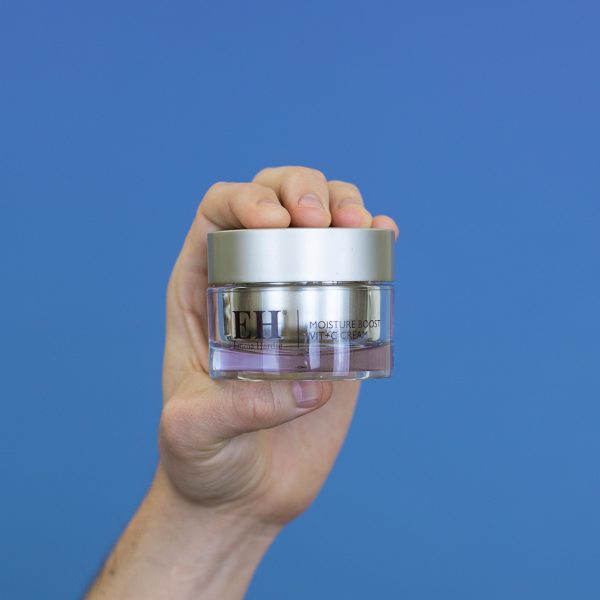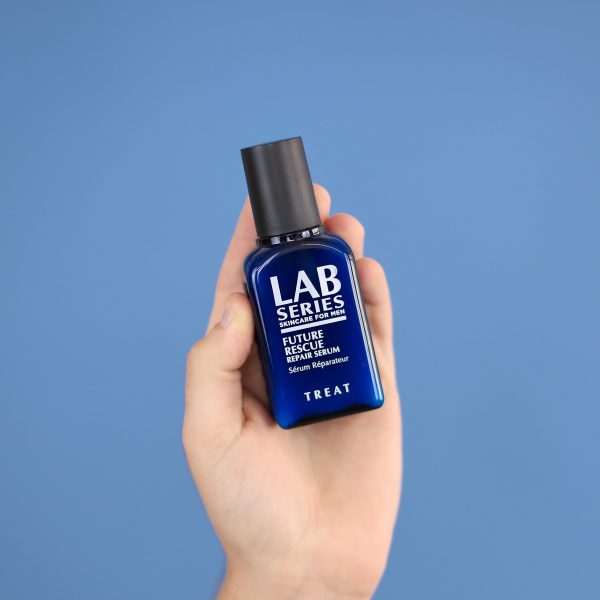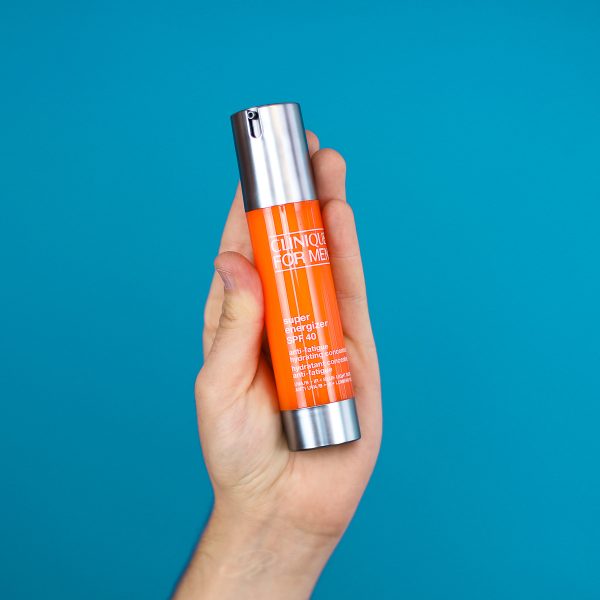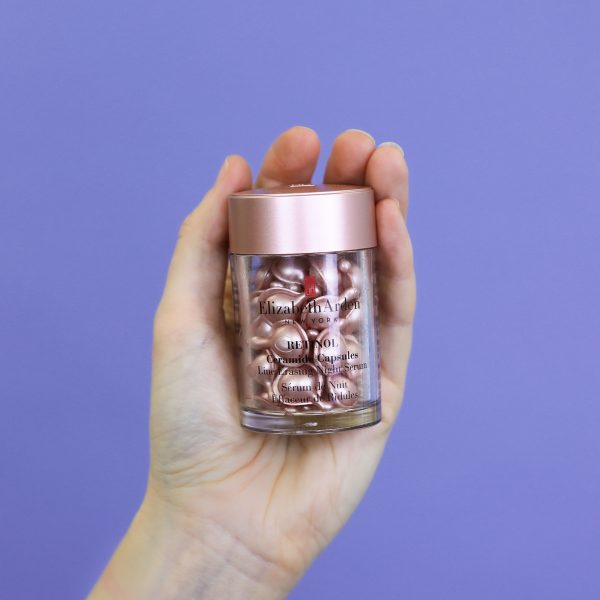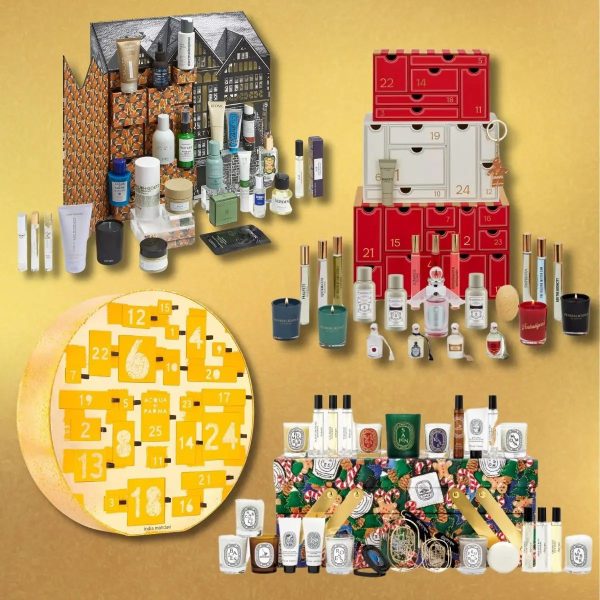
If you’re not sure about which skin type you have, have a read below. This will help you!
Understanding your skin type is essential to help achieve healthy skin and decide which products will work best for your skin. Once you know what skin type you have, you will be able to create your daily skincare routine.
There are 4 basic skin types; dry, oily, normal, and combination. There is also sensitive and ageing/mature skin. You might fit into one single category, but you can also crossover into multiple categories. Everyone’s skin is different, so if you use the following steps, you will be able to determine what type of skin you have.
Firstly, let’s explain each skin type…

Skin Types
Normal – this is skin that is well balanced and neither dry or oily. The T-zone (the area of the forehead and nose) will be balanced and skin shouldn’t be prone to breaking out in blemishes or becoming flaky. Skin should feel soft and supple and large pores shouldn’t be visible.
Oily – people with oily skin will tend to notice this on their T-zone. Skin will look and feel greasy, which is a sign of an increase in production of sebum. This can lead to breakouts and in turn be the cause of acne. Large pores will be evident.
Dry – this skin type can be evident by the flaking of skin. Skin will also feel rough and scaly. It can feel itchy, irritated and look lacklustre due to a lack of hydration and lipids (fats) in the skin. Skin will feel tight due to less elasticity in the skin.
Combination – skin will have areas that are both dry and oily. It will tend to be more dry around the cheeks and chin, but oily around the forehead and nose. Blemishes might be evident in the oily areas.
Sensitive – this type of skin will be particularly vulnerable to surrounding environmental factors such as; dry air, UV light and wind, as well as stress and other emotional/hormonal factors. It can be characterised by areas of redness or dryness. It can become uncomfortable with skin feeling itchy, tight, and dry.
Ageing / Mature – our skin can change quite dramatically as we age. The appearance and physical structure will change. The most obvious signs of ageing skin are deeper lines/wrinkles, lack of colour and elasticity. This is due to the decrease in collagen and amount of cell regeneration. Pigment or brown spots might become evident later on, due to sun (UV) damage.

Methods To Determine Your Skin Type
Working out your skin type can be a little confusing, so there are a few methods to help you decide.
- The Bare-Face Method – this is the easiest way to work out your skin type, and you can do it quickly at home.
- Wash you face with a mild cleanser and pat dry with a towel.
- Don’t apply any skincare products.
- After around 30 minutes, have a look at your skin in the mirror.
- If your skin looks shiny around your forehead, nose, and cheeks, you are likely to have oily skin.
- If it feels tight and looks blotchy, you probably have dry skin.
- For combination skin (and normal skin), you will notice an unbalanced mix of dry and oily areas.
- Sensitive skin will react to certain cleansers, so it might appear red and itchy.
- The Blotting Sheet Method –
- Buy some blotting papers from your local store/pharmacist and press it on your face. Try this an hour after cleansing your face. The sheets will immediately absorb any oil on the skin.
- Hold the sheet up to the light and have a look at how much is on the paper.
- If there is a large amount of oil present, you will likely have oily skin.
- If there is hardly any oil present, you are likely to have dry skin.
- For normal or combination skin, there will be a small amount of oil absorbed on the paper.
- Ask a professional – If you have tried one of the methods above and are still unsure about your skin type, you can always ask a dermatologist to confirm your skin type.
